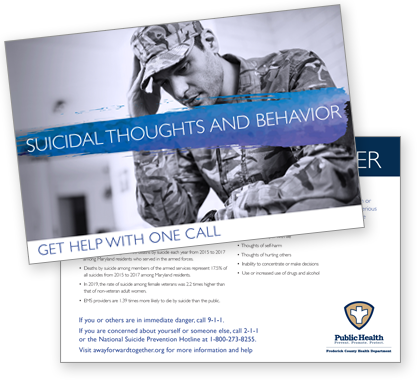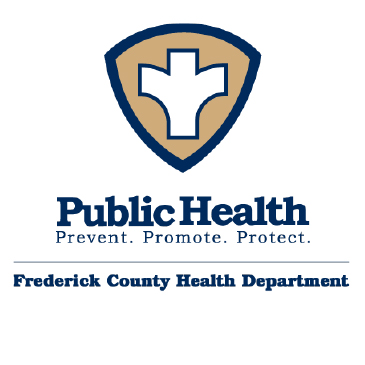
Suicide
In the U.S., someone commits suicide every 11 minutes. Suicide and self-harm crosses all ages, races, backgrounds, and identities—even among individuals with no history of mental illness or emotional distress.
It’s okay to speak openly and honestly about suicide
We can address suicide more effectively—and save more lives—by removing the stigma around the discussion and language of suicide. If you or someone you know has had thoughts of ending their life, call 2-1-1. No judgment and no tiptoeing around the subject—just straight talk with someone who understands and can help.
What are the signs?
While there is no typical pattern of behavior for someone considering suicide, there are several warning signs:
- Talking about wanting to die
- Mentioning feeling empty, hopeless, or having no way out of problems
- Claiming there is no reason to live or that others would be better off without them
- Withdrawal from social situations and/or frequent isolation
- Giving away personal items; wrapping up loose ends
- Saying goodbye to friends and family
Other signs that are less obvious but still concerning:
- Sudden or unusual changes in demeanor or behavior
- Acquiring or gaining access to lethal items—such as a gun or opioids
- Detachment from or indifference to highly emotional situations
- Constant physical pain with no simple explanation or cause
Military/First Responders
If you have served in the armed forces or as an emergency first responder, you may have had highly stressful or traumatic experiences in your job that have impacted you deeply. Below is data that shows how your service could potentially put you at higher risk for suicide.
- There was an average of 103 deaths by suicide each year from 2015 to 2017 among Maryland residents who served in the armed forces.
- Deaths by suicide among members of the armed services represent 17.5% of all suicides from 2015 to 2017 among Maryland residents.
- In 2019, the rate of suicide among female veterans was 2.2 times higher than that of non-veteran adult women.
Repeatedly risking your life to protect our freedom or aiding victims of accidents or disasters can take a toll that leads to depression, anxiety, and thoughts of suicide. If you are thinking of ending your life, please call 2-1-1.
LGBTQ
Gaining acceptance, acknowledgement, inclusion, and understanding for people in the LGBTQ community continues to be a process fraught with barriers. Bias, discrimination, difficult family and peer relationships, and traumatic events are just a few of the things that can cause people to feel depressed, isolated, and hopeless. Feeling this way can cause people to think that suicide is the only way to end the pain.
- 17% of lesbian, gay, or bisexual adults have attempted suicide during their lifetime compared to 2.4% of the general U.S. population.
- The suicide rate among transgender men and women is 10 times the national average.
- LGBTQ youth are 4 times more likely to attempt suicide than straight youth.
- Transgender youth are 12 times more likely to attempt suicide than the general population.
- 19%—almost 1 in 5—of LGBTQ youth age 13 to 18 have reported attempting suicide.
Suicidal thoughts are a symptom, just like any other symptom of a condition. They can be treated and can improve over time. Help is immediately available if you believe that suicide is the only path ahead. Please seek help. Call 2-1-1 to talk to someone now.
Teens
Growing up can be one of the most stressful times in anyone’s life. You will commonly experience changes in relationships, uncertainty about your future, and uncertainty about who you are. Some people experience peer pressure or bullying. At times dealing with all of this and the pressure to fit in, succeed, and please others can make people feel hopeless or trapped. Sometimes, suicide feels like the only way out.
- From 2007 to 2017, suicide deaths rose by 56%.
- Approximately 1 out of 5 Maryland teens have seriously considered suicide in 2021.
- Black (52%) and LGBTQ (75%) students in Maryland felt significantly sadder and more hopeless in 2021 compared to the statewide average (36%).
It is completely normal to feel anxious or sad. But if you or your friends are regularly upset, depressed, or anxious, it is COURAGEOUS to seek help. There are people that want to and can help. If you are having thoughts of suicide, please call 2-1-1 immediately.





